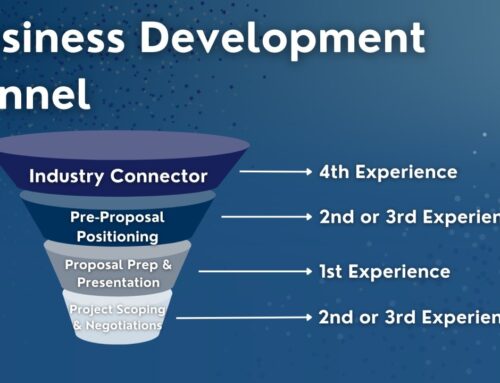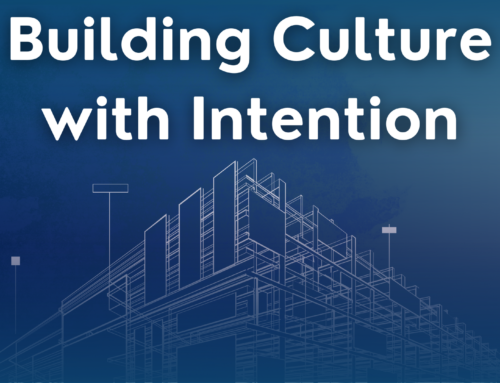 In the mid-90s, a loud buzz in recruitment was that “the future” of employment was going to turn contract — i.e. companies would primarily hire individuals for functional roles on a per assignment basis. The assignments could last months or years and would be negotiated at regular intervals. This new paradigm, it was thought, would enable corporations to hire the right expertise precisely when needed, eschewing long-term or open-ended employment commitments as well as pricey benefits packages. The press loudly proclaimed this pending job market revolution, telling us we ALL needed to prepare for it.
In the mid-90s, a loud buzz in recruitment was that “the future” of employment was going to turn contract — i.e. companies would primarily hire individuals for functional roles on a per assignment basis. The assignments could last months or years and would be negotiated at regular intervals. This new paradigm, it was thought, would enable corporations to hire the right expertise precisely when needed, eschewing long-term or open-ended employment commitments as well as pricey benefits packages. The press loudly proclaimed this pending job market revolution, telling us we ALL needed to prepare for it.
At the time, I remember thinking that constantly looking for your next gig sounded like an exhausting way to make a living. No benefits? No career development? Was this new model a good thing?
More than a decade later, how exact was this foretelling in terms of what actually happened in A/E? In our market space, the closest we’ve come to this scenario is outsourcing, and this occurs pretty rarely. Other industries are better-suited to effectively utilize outsourcing than ours is.
However, this doesn’t mean that there hasn’t been a change in the A/E consultant’s employment paradigm; change has certainly occurred. But, unlike the scenario proffered above, this change has been employee driven rather than employer driven.
Our industry generally hires talent for specific types of projects with the inherent promise that a machine is in place to continually “feed” the employees work as key projects pass through the funnel. While an individual performs a functional (technical) role, they simultaneously glean skills in maneuvering the team, office, organization and market as a whole. Functional skills and organizational skills represent two different axes on the career development chart.
As organizations have become flatter and “corporate ladders” have shed rungs, employees have adjusted the way that they perceive their careers. Employment tenures are shorter, as in the contract-for-hire scenario, but professionals’ demands for diversified experiences are what is causing this. We now look at each axis to find potential growth opportunities.
For example, Mike can bring his functional skills – highway-centric NEPA planning — to a new employer, where he will apply his expertise to passenger rail corridors. The resulting experience serves to grow Mike’s functional domain. Karen can move on to hold the same function in another organization – that of Manager of Traffic Engineering – yet fulfill an additional organizational role of business development lead, a role that was very competently covered at her last employer’s operation by someone else.
 Career paths are now plotted in this fashion: Employees set long-term goals and look for a mix of experiences that add to the figurative toolbox necessary to achieve those goals. Often, this means making the choice to change employers at each juncture rather than wait out the inertia of an organization which has no desire to shake things up.
Career paths are now plotted in this fashion: Employees set long-term goals and look for a mix of experiences that add to the figurative toolbox necessary to achieve those goals. Often, this means making the choice to change employers at each juncture rather than wait out the inertia of an organization which has no desire to shake things up.
The fact is, companies don’t have the infrastructure they used to…the ladder is often very short (and broad), and you can’t ascend it in a direct fashion. Consequently, professionals have adapted. No longer is your career defined by a ladder of progressive responsibilities as you “climb” the corporate hierarchy with an ever-increasing technical or organizational domain in your purview.
Your value today and your ability to contribute to any organization is better defined by the parts in your greater body of work. If we’ve ever talked, you know I call this your professional toolbox, and in it you hold skills developed while fulfilling a number of different — often lateral — roles that are technical, organizational, and sales related. Your objective in this modern-day game of life is to collect the right tools to provide you with the foundation to reach your professional goals.
Often, acquiring these tools requires you to change companies and jobs. From my view, this is the extent of “contract work” in the A/E consulting marketplace…Here YOU, the employee, are in the driver’s seat.





“Often, this means making the choice to change employers at each juncture, rather than wait out the inertia of a functioning organization which has no need to shake things up.” Very relevant and true statement, especially for high performing individuals in lower performing organizations. These lower performing organizations often hire these hi-po candidates, but they can’t meet the career needs. As a result, the hi-po quickly outgrows the organization and moves on. This will become more apparent over the next few years as the job opportunities improve. The economy has merely slowed the job-hopping tendancies of these type of employees. More saavy organizations are already building plans to reduce the upcoming “brain drain” to retain the future leaders of their organizations.